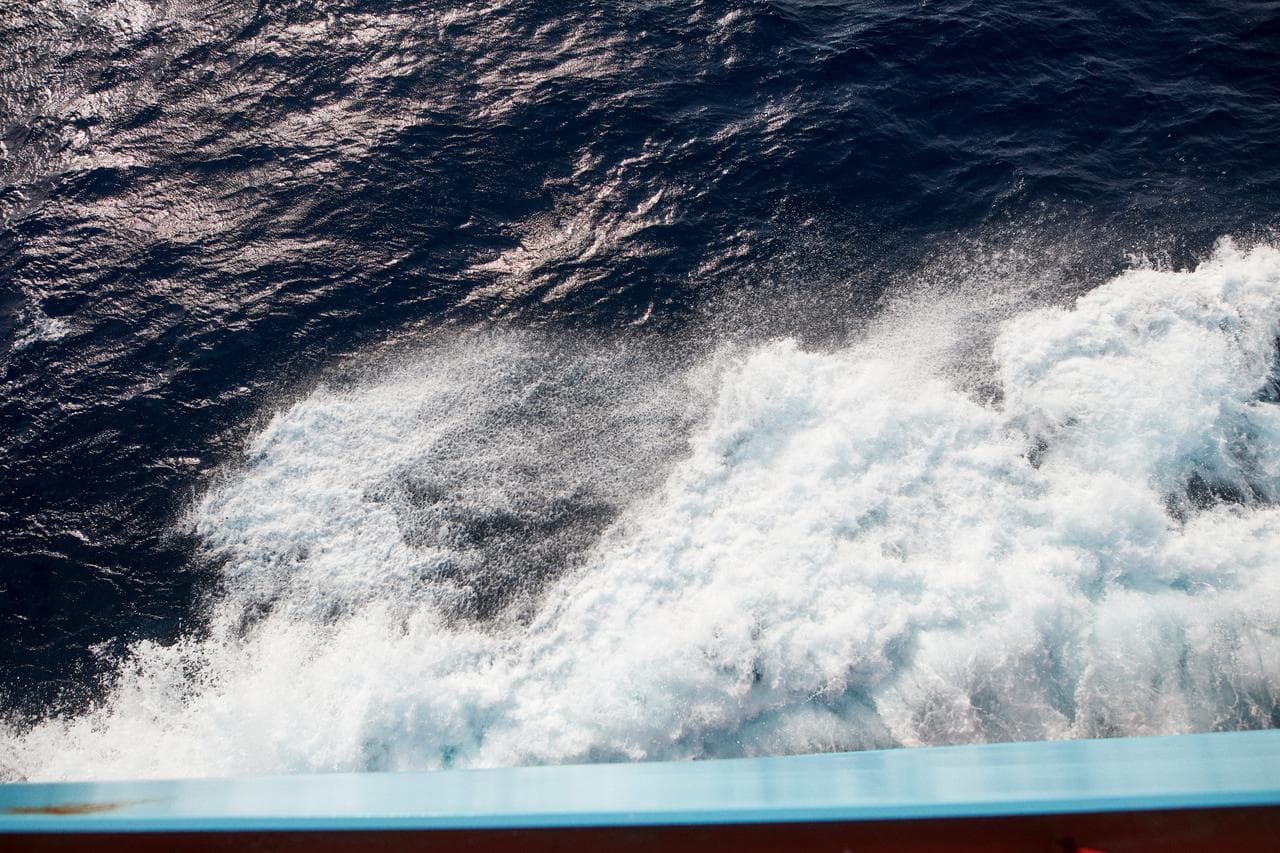
How Does a Wave Energy Converter Function?
Wave energy converters (WECs) harness the power of ocean waves, transforming it into electricity or other useful forms of energy. This innovative technology is gaining traction as a sustainable and renewable energy source. Let's dive into how WECs function, in a way that's both informative and easy to grasp.
The Power of Waves: An Ocean of Energy
The ocean is a vast powerhouse of energy, with waves constantly moving and churning. This energy primarily originates from wind, which blows across the ocean surface, creating waves. These waves carry kinetic energy, which is the energy of motion, and potential energy, the energy stored due to their position.
Wave Energy Converters: Harnessing Ocean Power
Wave energy converters are devices or systems designed to capture this kinetic and potential energy. There are several types of WECs, each uniquely adapted to different wave environments. Some common types include:
-
Point Absorbers: These are buoy-like structures that float on the water surface. They move up and down with the waves, capturing energy through this vertical motion.
-
Attenuators: These long, multi-segmented structures float on the water and bend with the waves. This bending motion is used to generate energy.
-
Oscillating Water Columns: These are shore-based structures with a chamber partially submerged in water. As waves enter and exit the chamber, the water level inside rises and falls, creating an air flow that drives a turbine.
-
Overtopping Devices: These devices capture water from incoming waves in a reservoir. The water is then released back to the sea through turbines, generating electricity.
The Conversion Process: From Waves to Electricity
The process of converting wave energy to electricity involves several steps:
-
Capture: WECs capture the wave energy through their movement - be it bobbing, bending, or overtopping.
-
Conversion: This captured mechanical energy is then converted into electrical energy. In most cases, this involves using the mechanical motion to drive a turbine or an electrical generator.
-
Transmission: The generated electricity is transmitted to the power grid or can be used directly for local applications, like desalination plants or powering offshore facilities.
Advantages and Challenges
Pros:
-
Renewable and Sustainable: Wave energy is a constant resource, making it highly reliable.
-
Environmentally Friendly: WECs produce clean energy, with no greenhouse gas emissions.
-
High Energy Density: Waves carry a lot of energy in a small physical footprint compared to other renewable sources.
Cons:
-
Technological Complexity: Designing WECs to withstand harsh ocean environments is challenging.
-
Environmental Impact: There's a need to ensure minimal impact on marine ecosystems.
-
Cost: High initial investment and maintenance costs are significant hurdles.
The Future of Wave Energy
The potential of wave energy is immense, especially for coastal regions. Continued research and technological advancements are likely to address the current challenges, making wave energy a more prominent player in the global renewable energy landscape.
Conclusion: Riding the Renewable Wave
Wave energy converters represent an exciting frontier in renewable energy. By efficiently harnessing the power of ocean waves, they offer a path to a more sustainable and cleaner energy future. As we continue to innovate and improve these technologies, the waves that have been shaping our coastlines for millennia may soon play a crucial role in shaping a greener, more energy-efficient world.